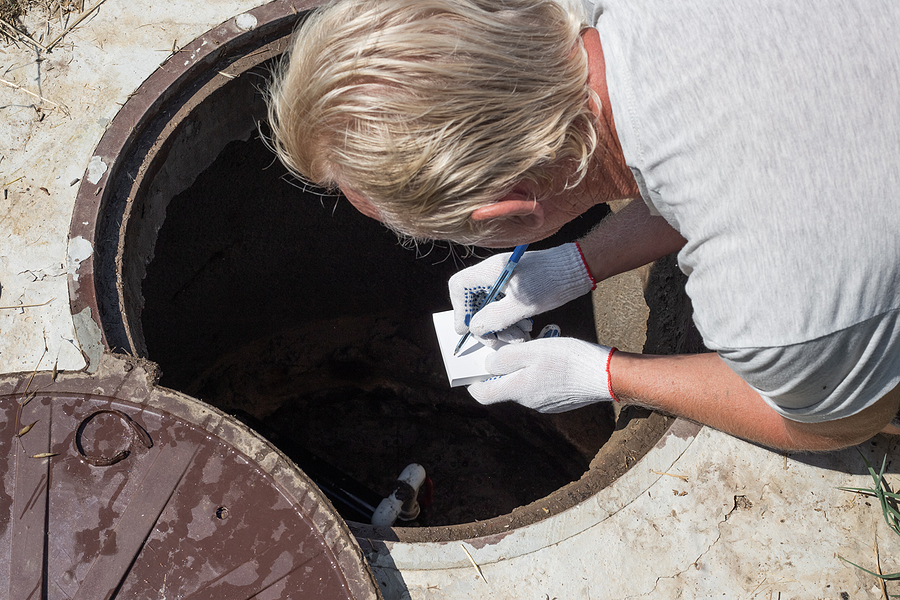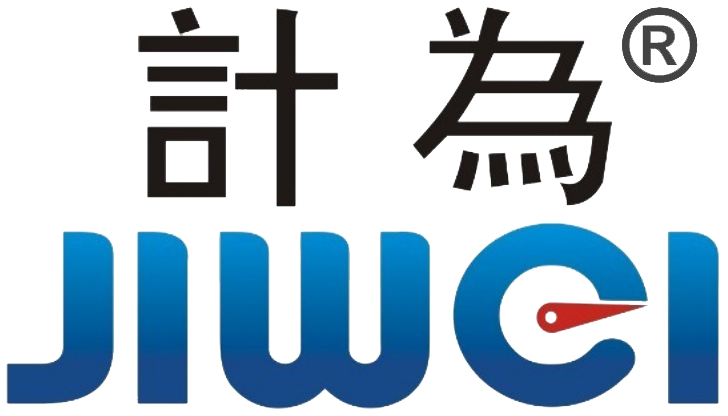Top Ways to Measure Well Water Level – Why Radar Is the Most Reliable
Introduction
When considering how to measure well water level, the choice of technology is critical. Well water is a vital resource in agriculture, industry, and residential applications, and accurate level measurement helps prevent over-pumping, detect shortages early, and manage water use efficiently. Among the many available methods, radar level meters—especially those like the Jiwei JWrada-31—are emerging as the most advanced and reliable solution.

Traditional Well Water Level Measurement Techniques
Before radar level sensing became widely accessible, users typically relied on three main methods:
Manual Sounding
This involves using a steel tape or weighted line to lower into the well until it touches the water surface. While simple and inexpensive, it has several disadvantages:
- It is labor-intensive and time-consuming.
- It cannot provide continuous or remote data.
- Accuracy depends heavily on operator skill.
Pressure Transducers
Installed below the water surface, these sensors measure water pressure to calculate depth. Though better suited for automation, they suffer from several limitations:
- Susceptible to temperature and chemical degradation over time.
- Calibration drift is common, especially in mineral-rich or acidic water.
- Maintenance and replacement are frequent in deeper wells.
Ultrasonic Sensors
These non-contact sensors measure the time it takes for sound waves to reflect off the water surface. However, their performance often degrades due to:
- Condensation or moisture in the air column.
- Narrow shafts that create echo disturbances.
- Inconsistent readings in deep wells with varying humidity.
Why Radar Level Meters Are a Superior Choice
Unlike ultrasonic or submersible devices, radar level meters use electromagnetic waves—usually in the 80 GHz range—to detect water surface levels with exceptional precision. They are completely non-contact and unaffected by temperature, pressure, or humidity.
For deep well applications, radar offers several unmatched advantages:
- High accuracy (±1 mm), even in narrow shafts.
- Unaffected by condensation, vapor, or foam.
- No need for calibration once installed.
- Long-range capabilities, often measuring depths up to 120 meters or more.
- No moving parts, ensuring long-term durability with minimal maintenance.
These benefits make radar an ideal choice for long-term well monitoring in both industrial and environmental applications.
Jiwei JWrada-31: Radar Level Meter Designed for Wells
Jiwei’s JWrada-31 radar level meter has been specially engineered to solve the problems encountered in deep well water monitoring. With an 80 GHz high-frequency radar signal and a focused 3° beam angle, it is perfectly suited for narrow boreholes, preventing false echoes from wall interference.
Key Benefits of Jiwei JWrada-31:
- Designed for well shafts and deep tanks with high vertical walls.
- Compact antenna ensures minimal installation space.
- Signal is stable even in wells with vapor or fluctuating humidity.
- Supports multiple outputs: 4–20mA, HART, Modbus, and Bluetooth.
- High ingress protection (IP67) ensures long-term performance in humid environments.
This radar level meter delivers accurate and real-time monitoring without the need for frequent recalibration or replacement.
Real-World Application Example
A water resource company managing over 300 wells across arid regions in Northern China had previously used pressure transducers. These transducers often failed due to sediment buildup and inconsistent readings. After switching to Jiwei JWrada-31 radar level meters:
- Maintenance dropped by more than 80%.
- The average sensor lifespan increased to over five years.
- Remote data logging via Bluetooth helped reduce on-site inspections.
- Water draw schedules became more efficient thanks to stable and real-time readings.
The result was not just cost savings, but also improved resource management and regulatory compliance.

Best Practices for Using Radar in Well Monitoring
To ensure optimal results when using radar level meters in wells:
- Install vertically above the center of the well.
- Ensure the shaft is free of obstructions, such as cables or ladder rungs.
- Use a stilling tube if the well opening is too narrow or turbulent.
- Integrate with SCADA for remote monitoring and automation.
- Select radar with narrow beam angle to reduce false echoes.
With proper installation, radar sensors like the Jiwei JWrada-31 offer maintenance-free operation for years.
Conclusion
If you are searching for the most effective way of how to measure well water level, radar level meters stand far above traditional options. While manual, pressure, and ultrasonic methods have their uses, none offer the combination of accuracy, durability, and reliability that radar provides. JWrada-31 radar level meter delivers all these benefits and more, making it the ideal solution for continuous, worry-free well monitoring.
Call to Action
Looking to upgrade your well monitoring system?
📩 Contact Jiwei today to learn more about the JWrada-31 radar level meter and get expert advice on the best solution for your well depth and site conditions.

